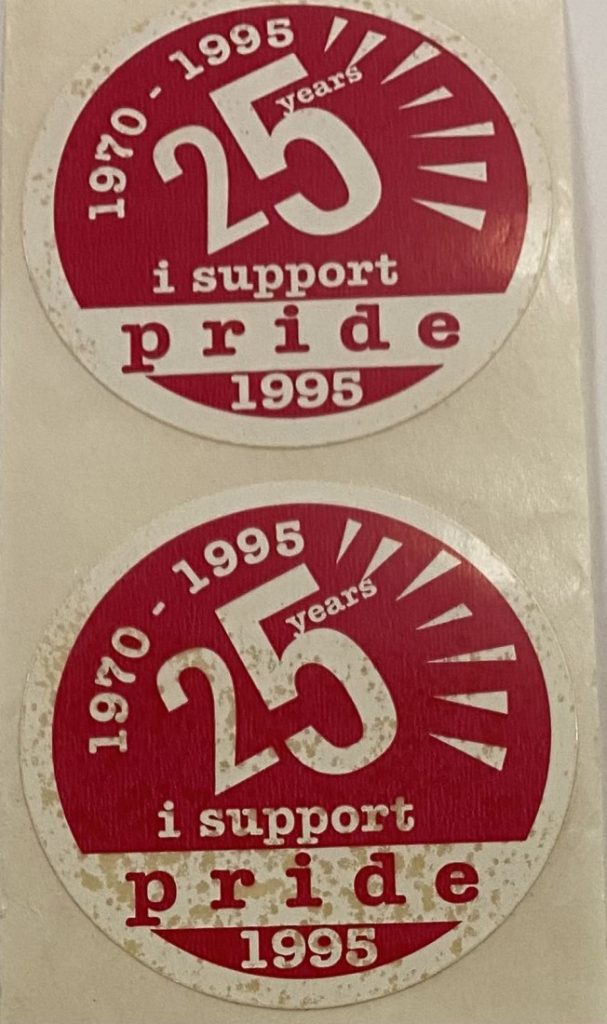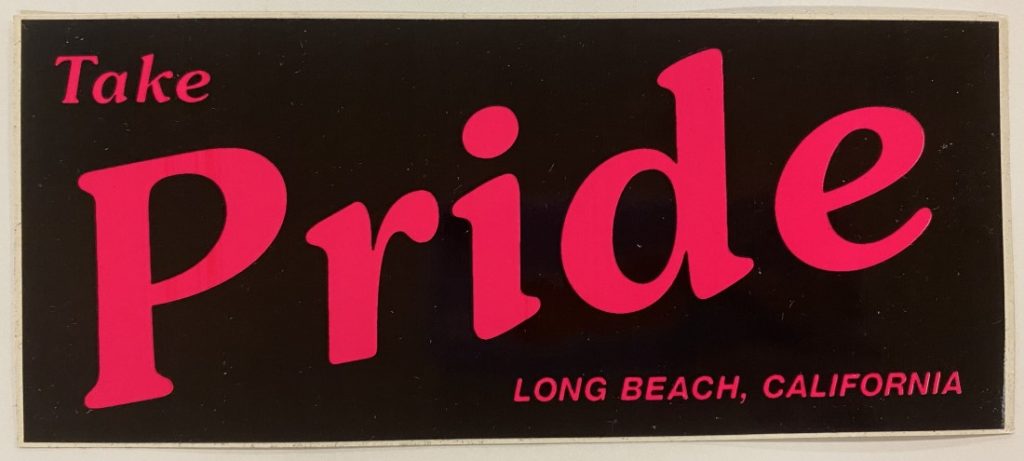Pride Month, 2022: Highlights from the Bruce McKinney Papers
June 27th, 2022Hello and happy Pride Month!
The Bruce McKinney collection at Kenneth Spencer Research Library holds many pieces of LGBTQIA+ materials and memorabilia. McKinney was a Kansas activist for gender and gay rights. His collection of papers ranges from pamphlets for rallies and centers for queer individuals all over the country to stickers and pins.
For example, McKinney’s papers document the work of the Wichita, Kansas, LesBiGayTrans Center, an organization with which he worked closely.
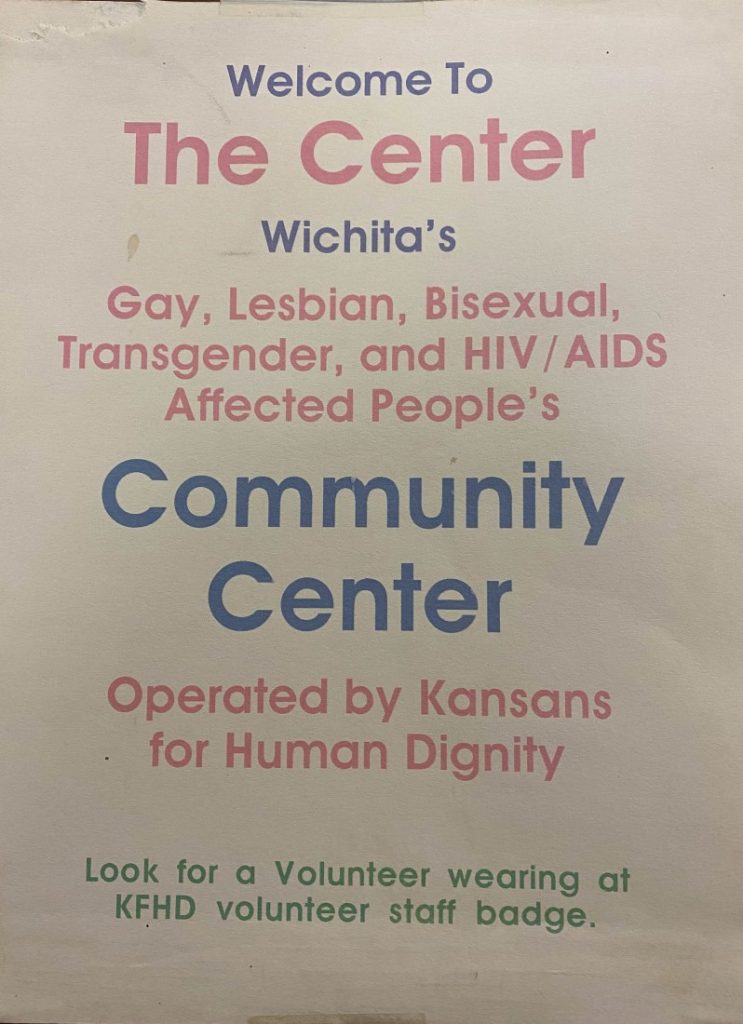
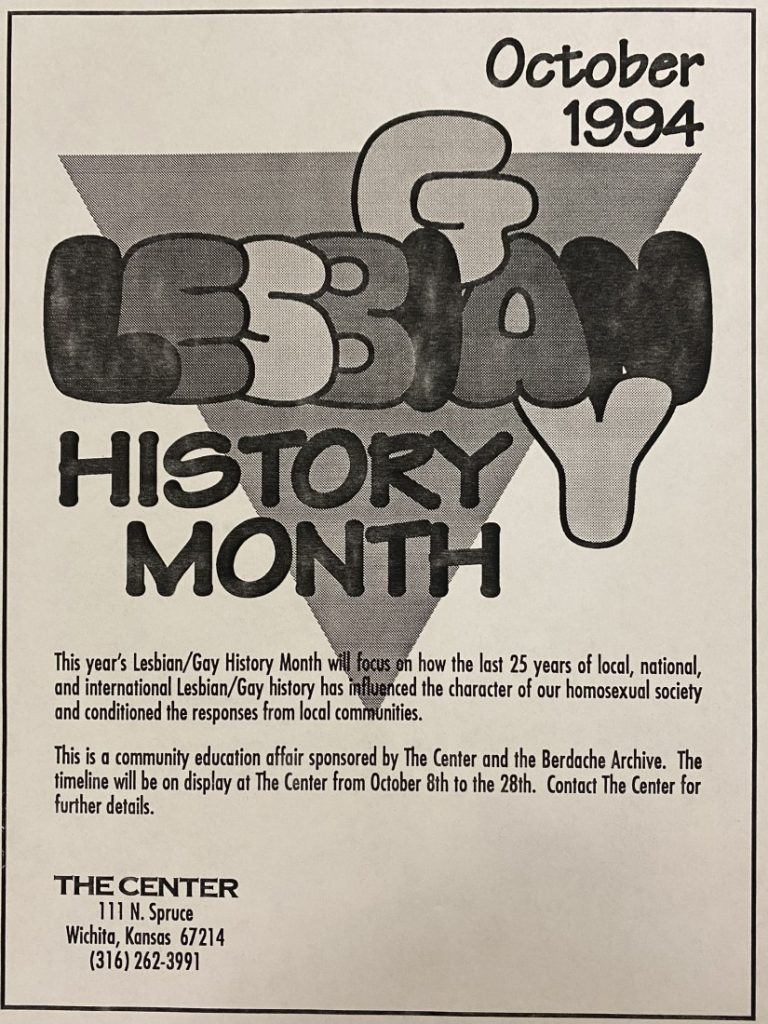
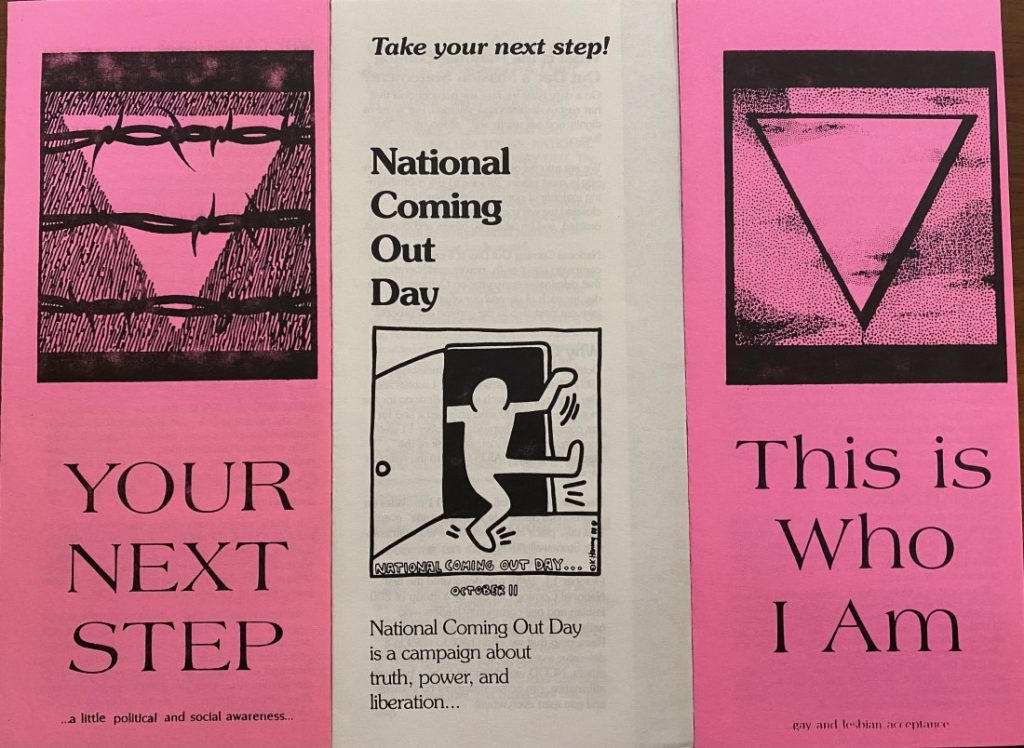
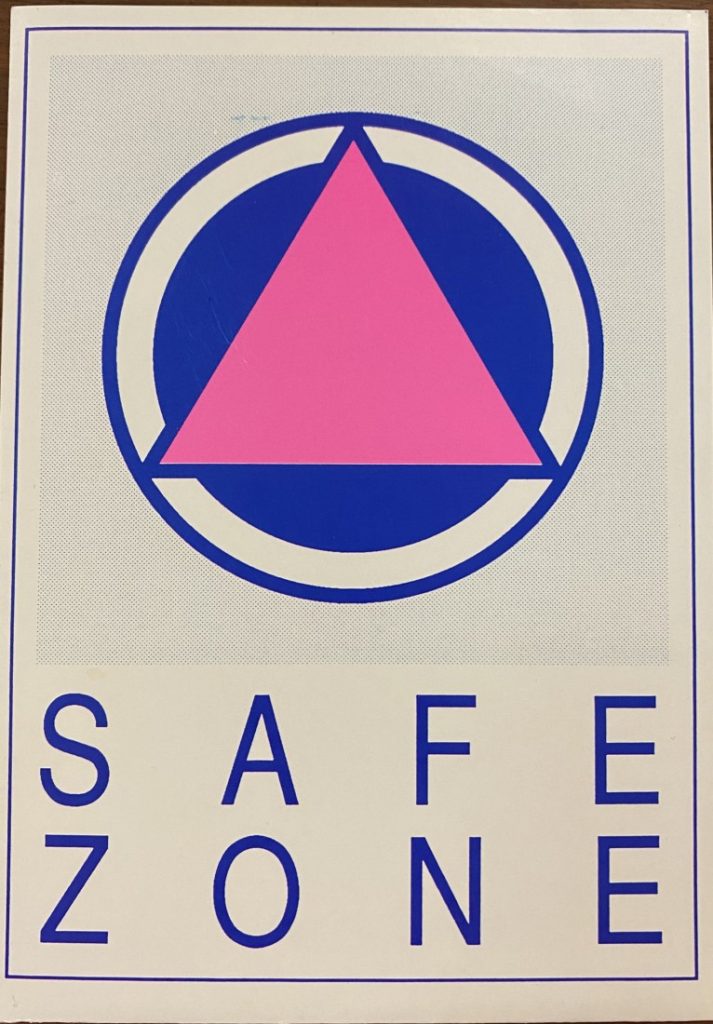
Some items in the McKinney collection highlight the history of the LGBTQIA+ community at the University of Kansas. The documents below focus on LesBiGay Awareness Week events held in 1995.
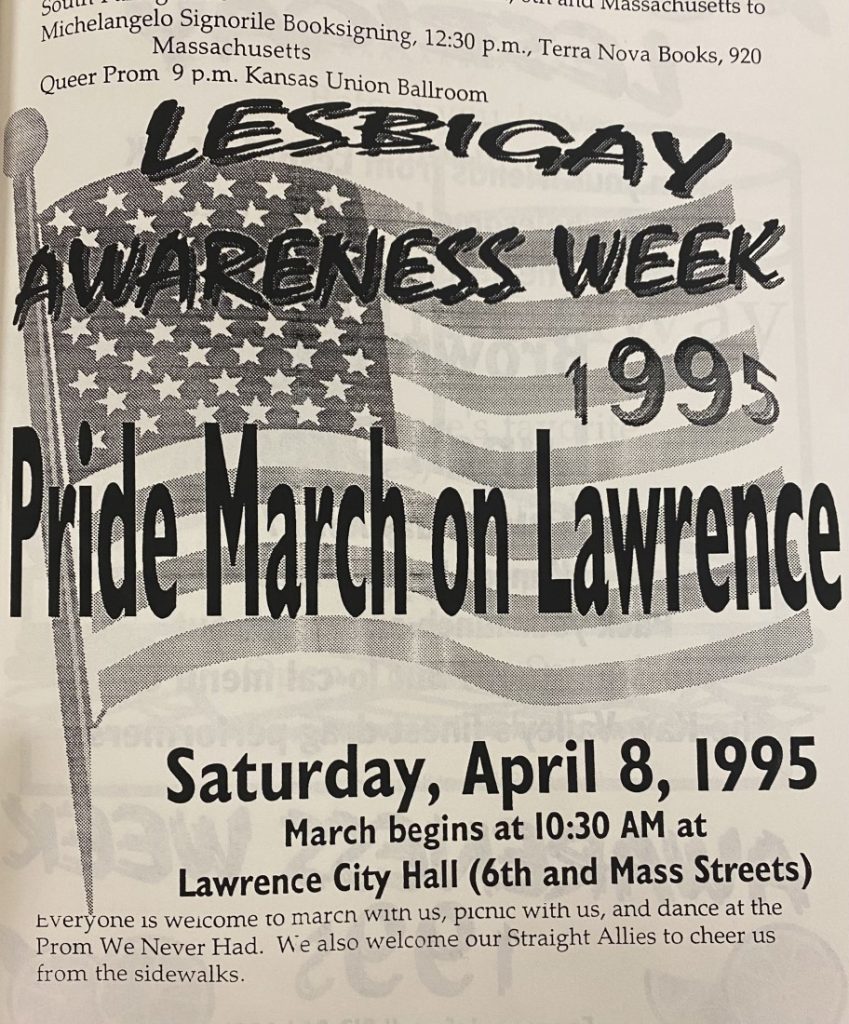

Additionally, McKinney’s papers includes information to help learn more about the queer community. I was particularly interested in the information written on bisexuality and even a paper about how to defend homosexuality in instances where individuals use the Bible against them.
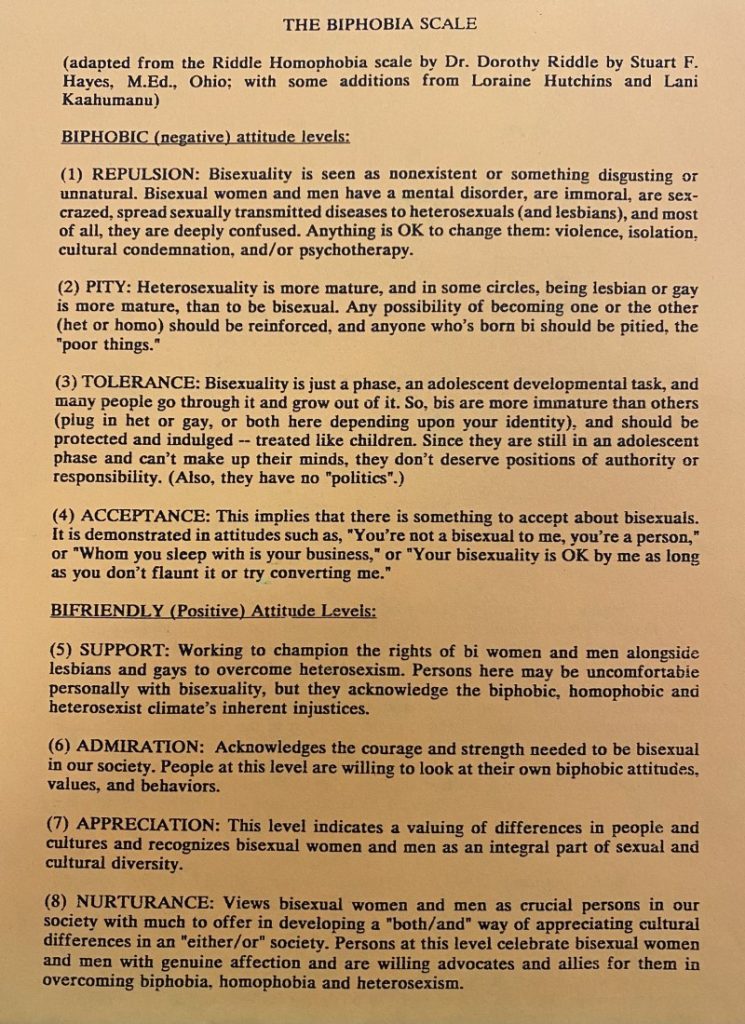

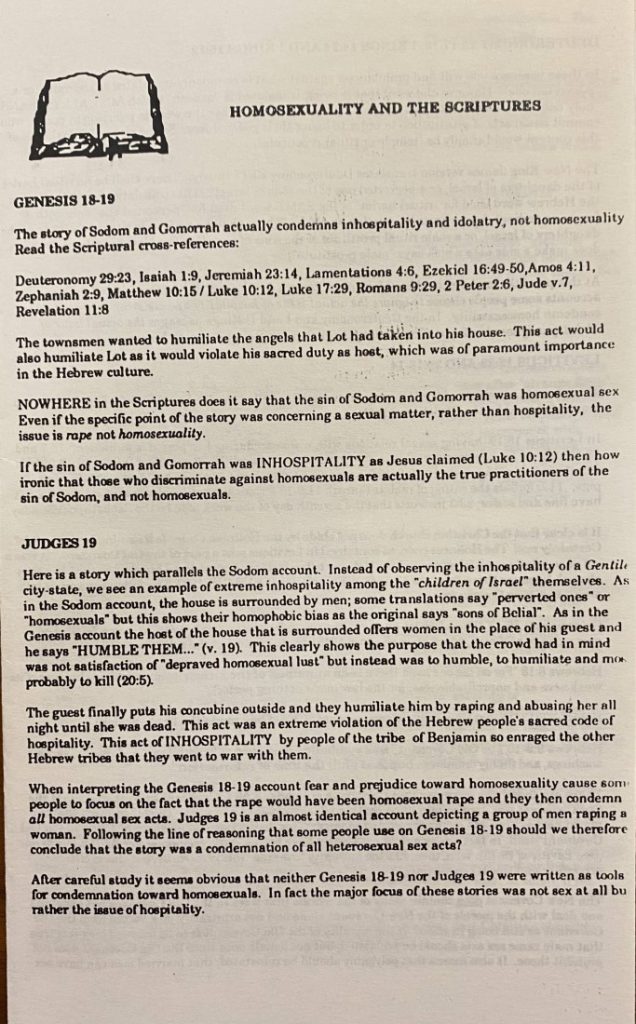
Some of the more fun things to look at were the many different bumper stickers that McKinney saved!

Have a happy and safe Pride!
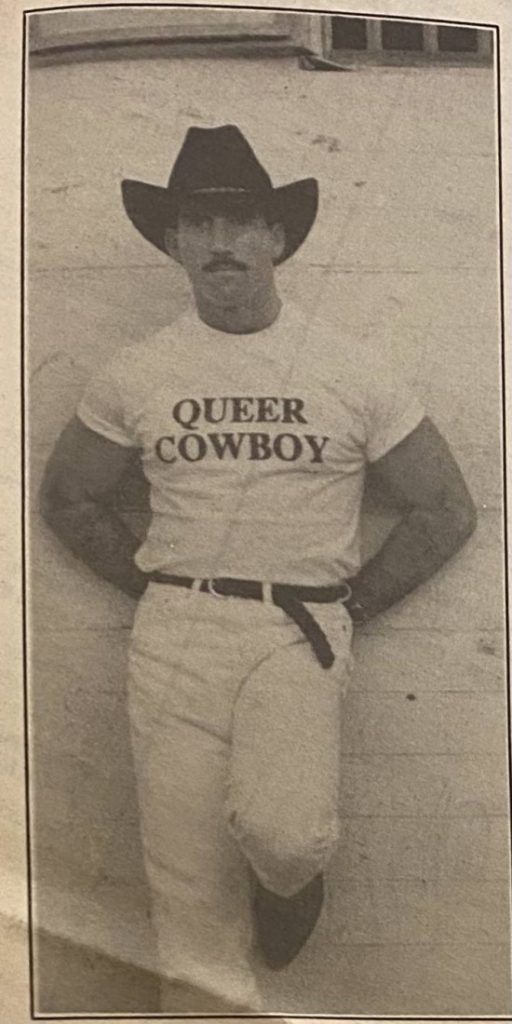
Alex Williams
Public Services Student Assistant

